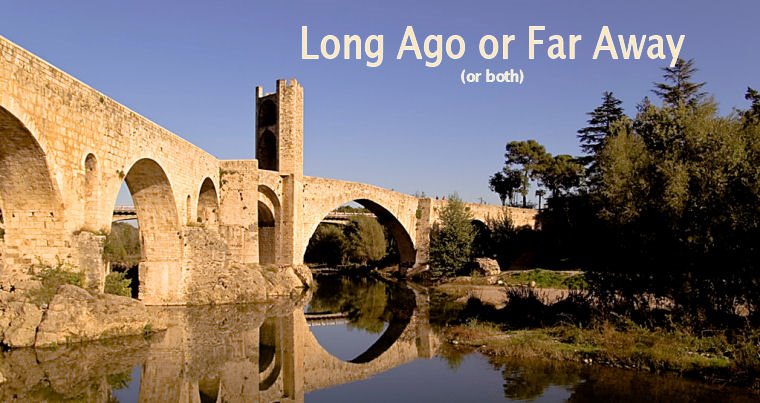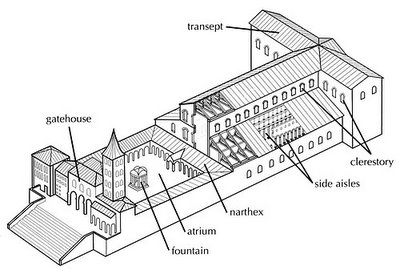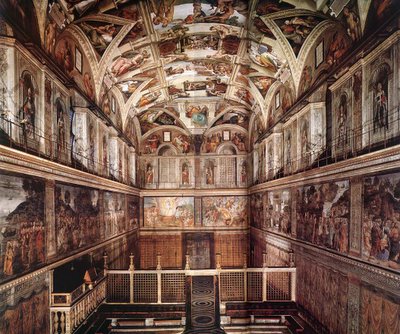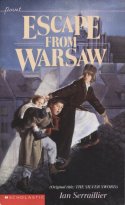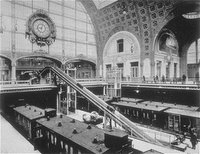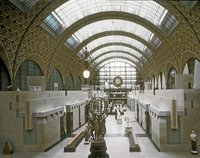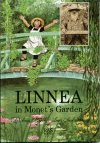 When we went to the Vatican Exhibit last Sunday we had an addition to our normal crowd. My friend, "Cathy", was with us, so she is going to help me with this post.
When we went to the Vatican Exhibit last Sunday we had an addition to our normal crowd. My friend, "Cathy", was with us, so she is going to help me with this post.The adventure began with a video preping us for the exhibit. In the next room there was a model of the old St. Peter's Basilica. A little further on was the highlight of the exhibit(for me at least), the Mandylion. One of the first paintings done of Jesus, It is surrounded by an ornately carved frame made of gold and jewels. Here is a picture(obviously).
The Mandylion is featured in a enchanting book entitled The Weka-Feather Cloak By Leo Madigan. It is set in New Zealand. Its complex plot makes it difficult to summarize. It is about an aspiring young artist, Danny Mago, and his adventures while helping out at a convent. He finds an elevator that takes him to many of the different scenes of his adventures.
Later on in the exhibit was a replica of the scaffolding Michelangelo used to paint the Sistine Chapel. As you walk on the replica you see above you the famous portrayal of God bringing life to Adam at the begining of time. Michelangelo had to poke holes into wet plaster so the paint would soak into it and make it last longer than normal. So fresh plaster was always needed to paint these frescoes. In fact the word fresco comes from the italian word for fresh.
In the following rooms were many different artifacts of the Vatican anywhere from the popes garments, thrones, Staffs (We were especially impressed with Pope John Paul II's staff) and chalices. There were many, many chalices but one of my favorites was the simplest in the exhibit. While most of them were ornately carved of gold and bedecked with jewels of all sorts, this one was a simple cup and the paten was the bottom of a can. It was a chalice used by the prisoners in one of the worst death camps in Europe, Auschwitz. Although that was my favorite many other ones were quite spectacular. My second favorite chalice was one that had pictures of saints as well as the typical carvings and jewels. But the chalices were not by any means the only things to be encrusted with gold and gems. The Pope's vestments and the like were simply covered with them. In the last room was the staff of Pope John Paul II. Knowing that it was the staff that belonged to the great Pope, that he actually touched it, was an overwhelming feeling. At the very end of the exhibit there was a cast of Pope John Paul II's hand that you were invited to touch.
Anyways the exhibit was really, really neat and it is well worth the trip, the cost etc. as is the optional audio tour.
